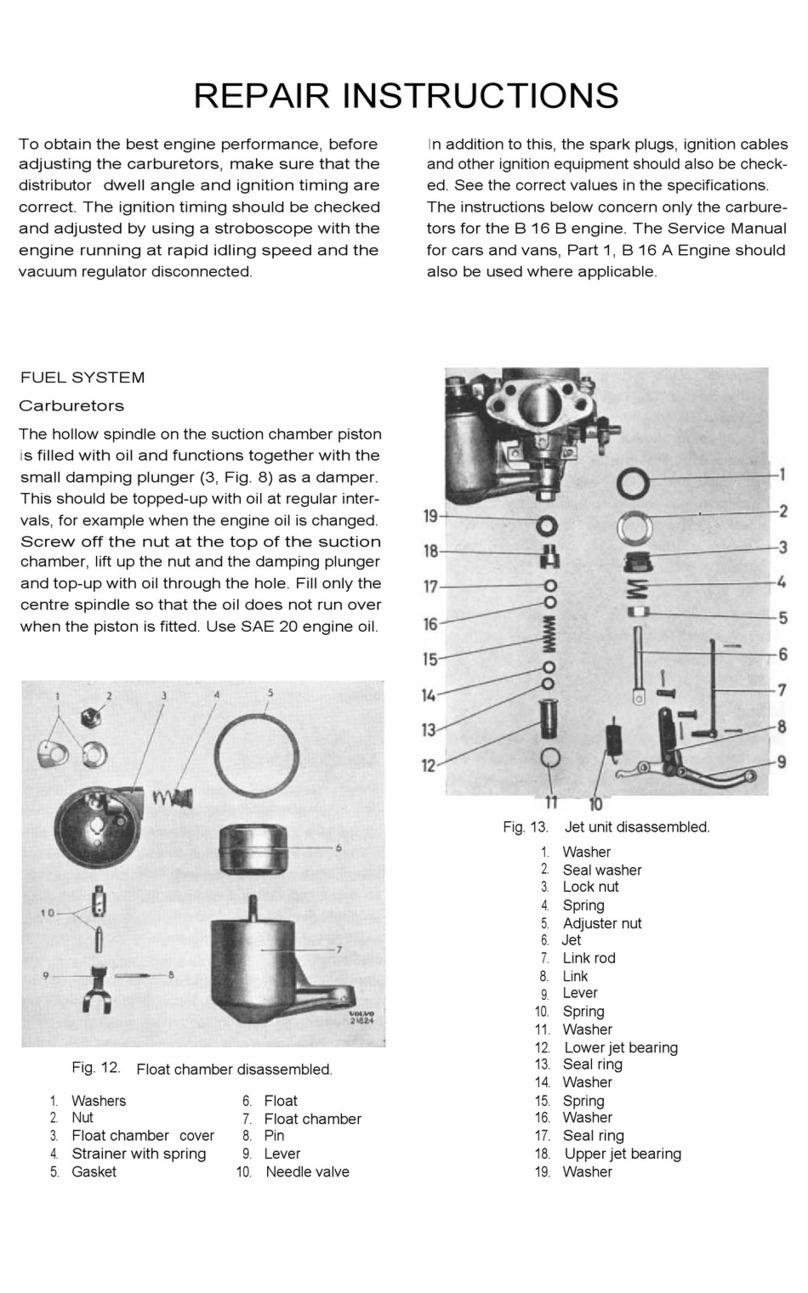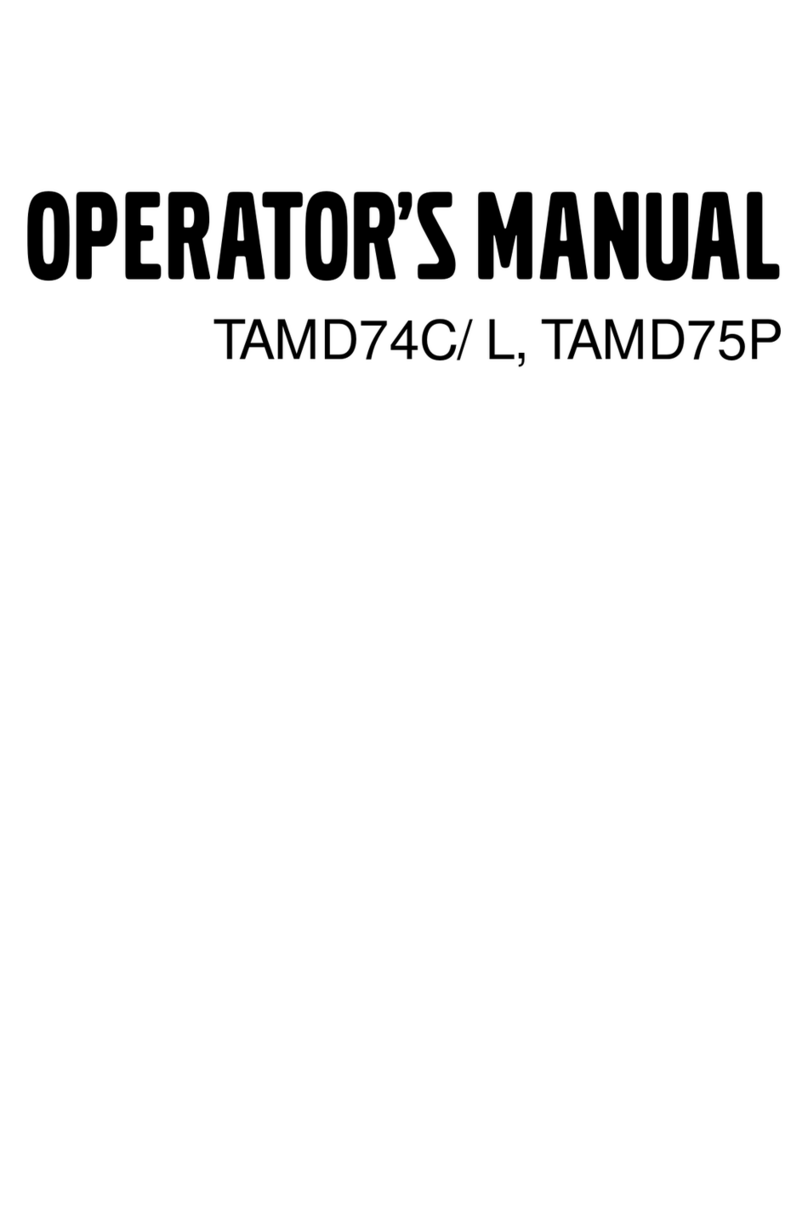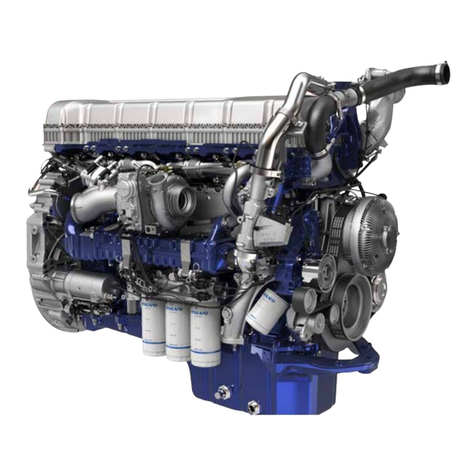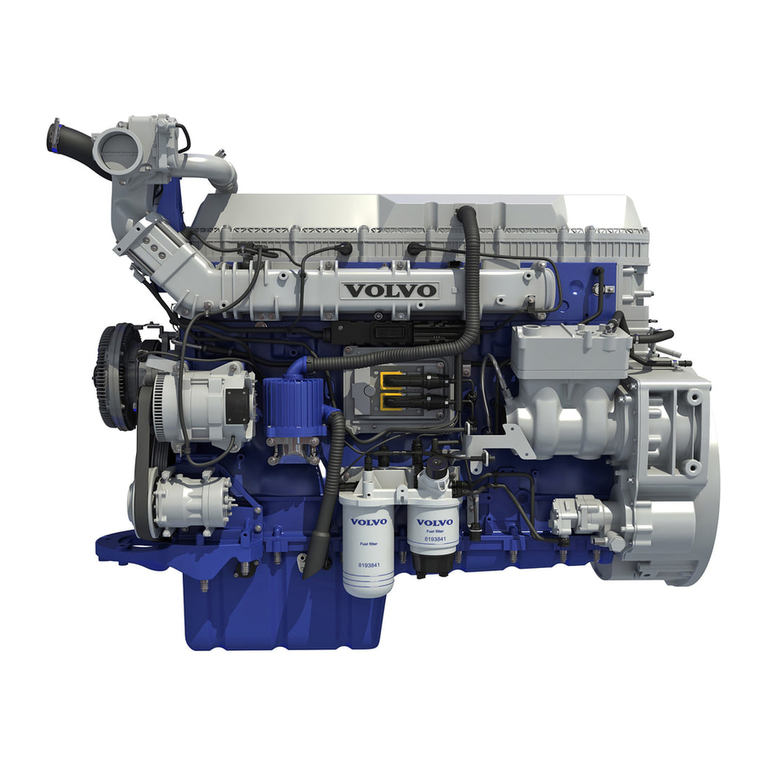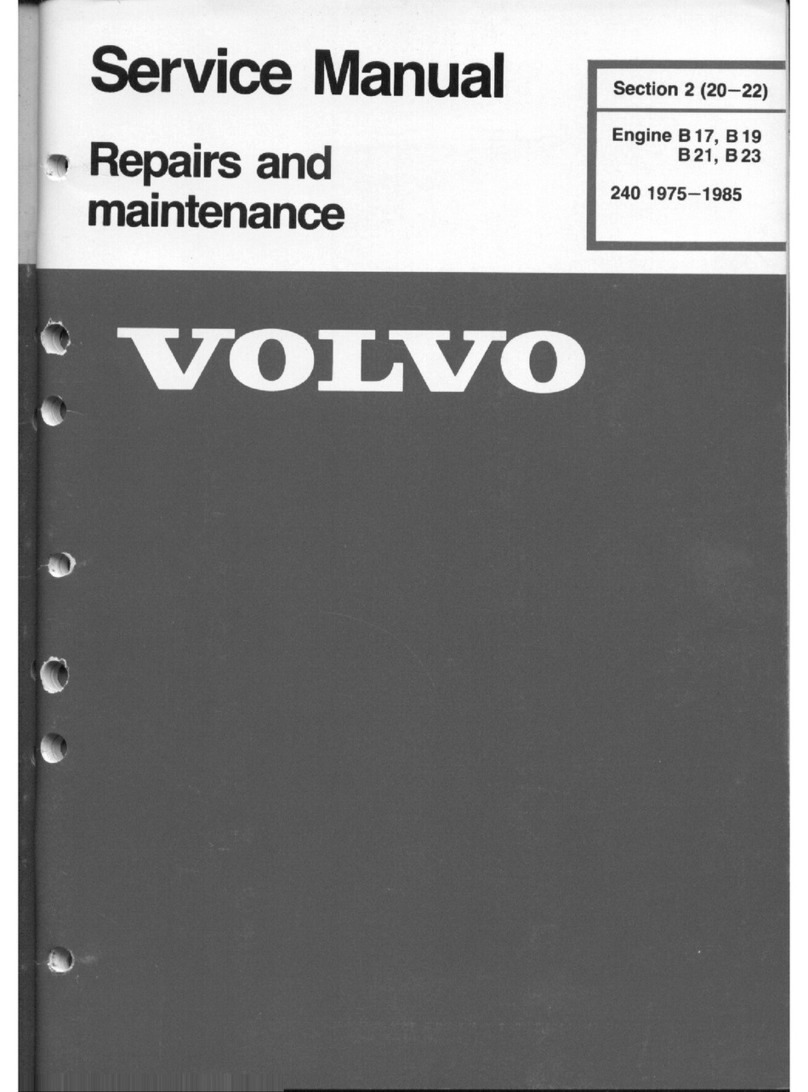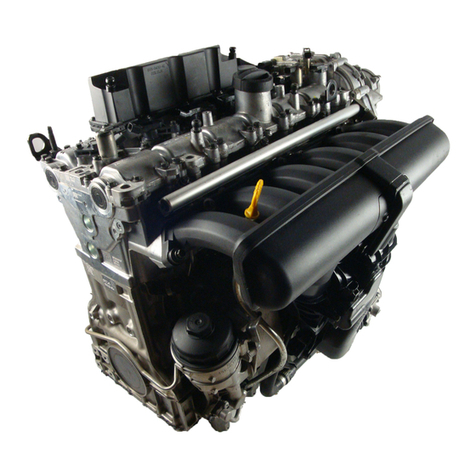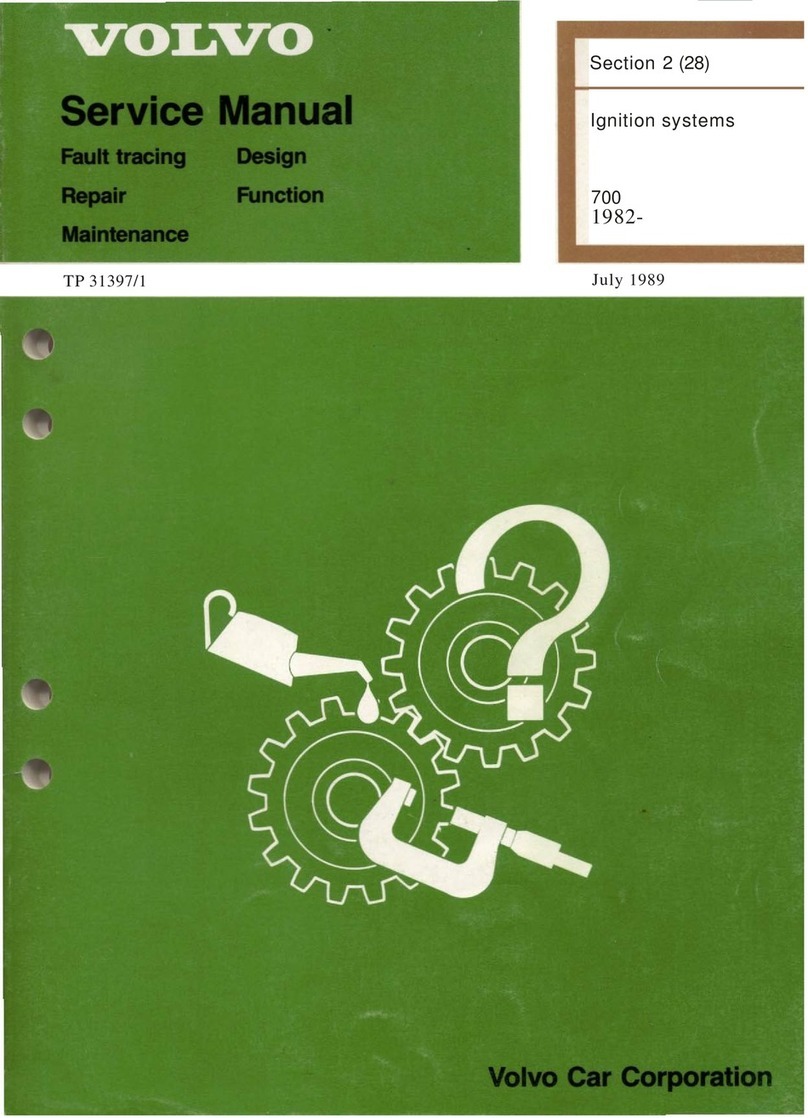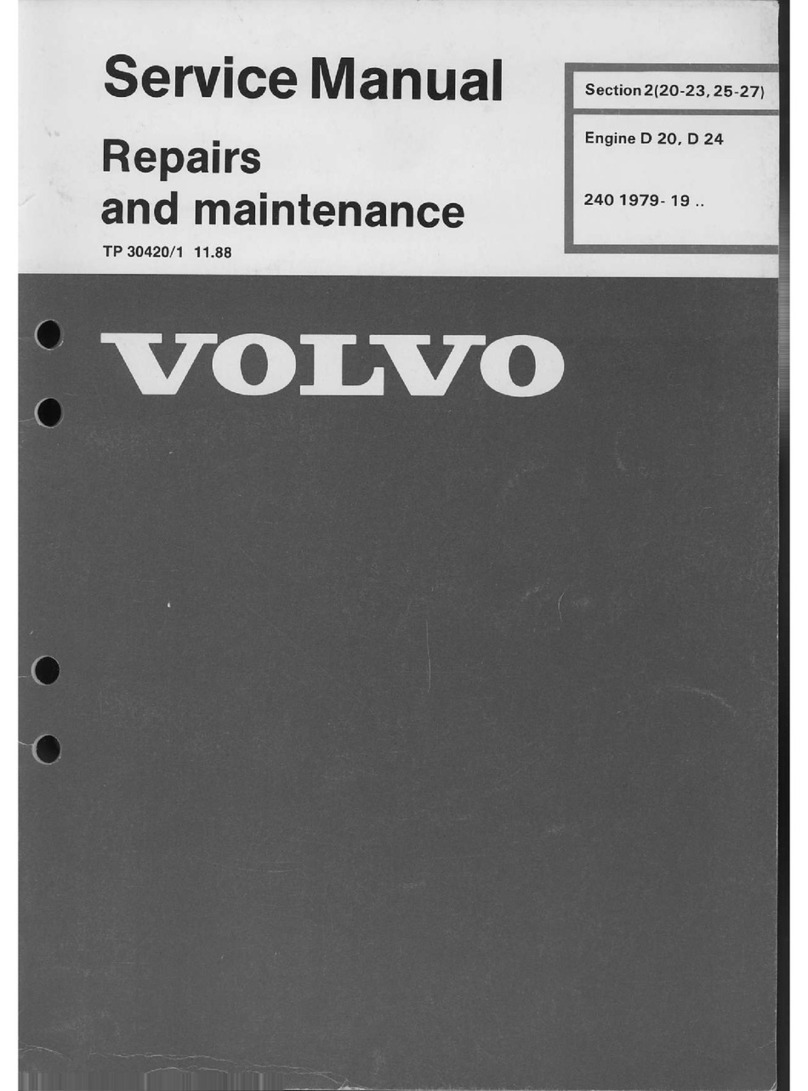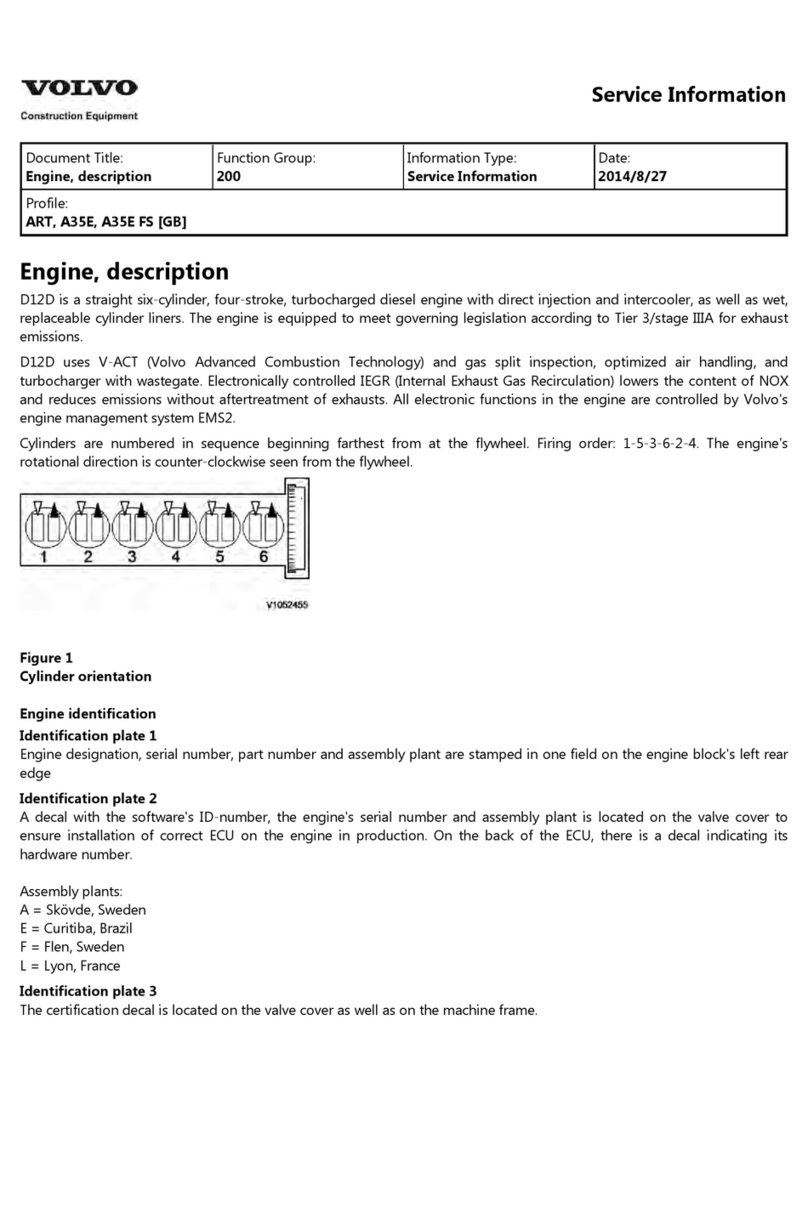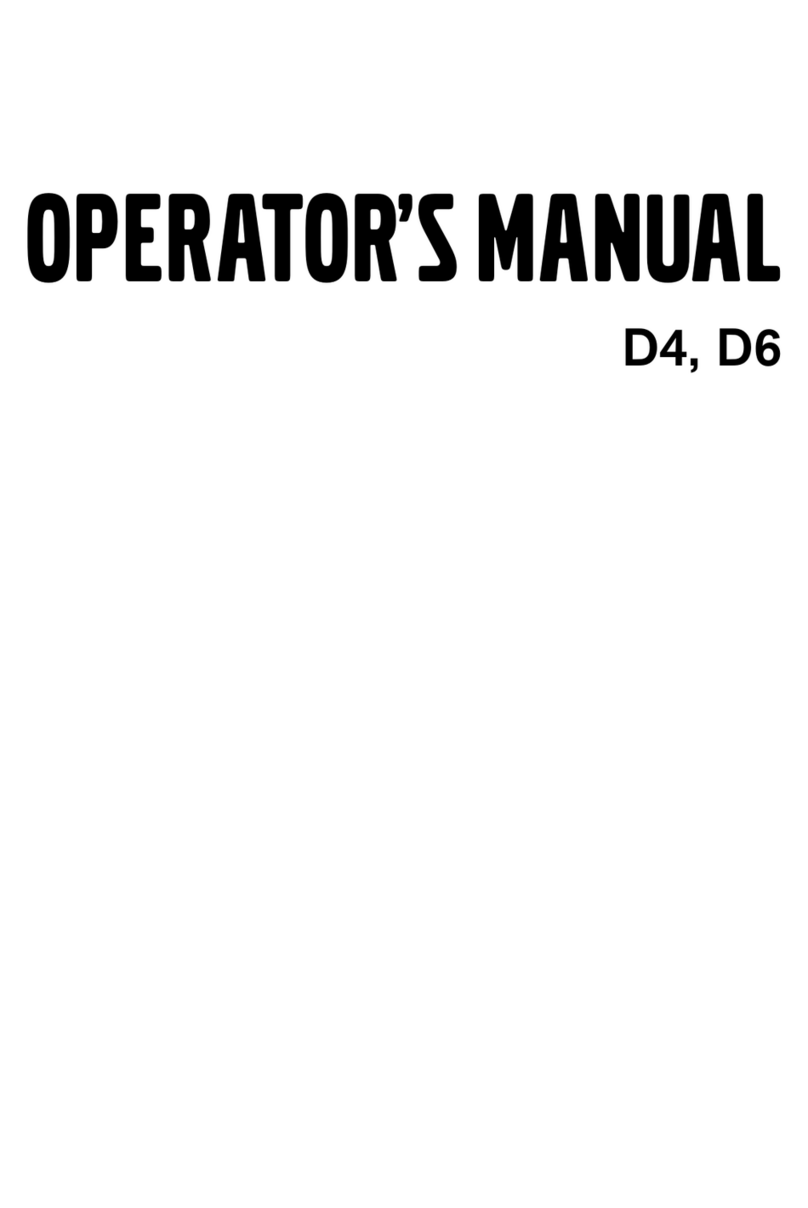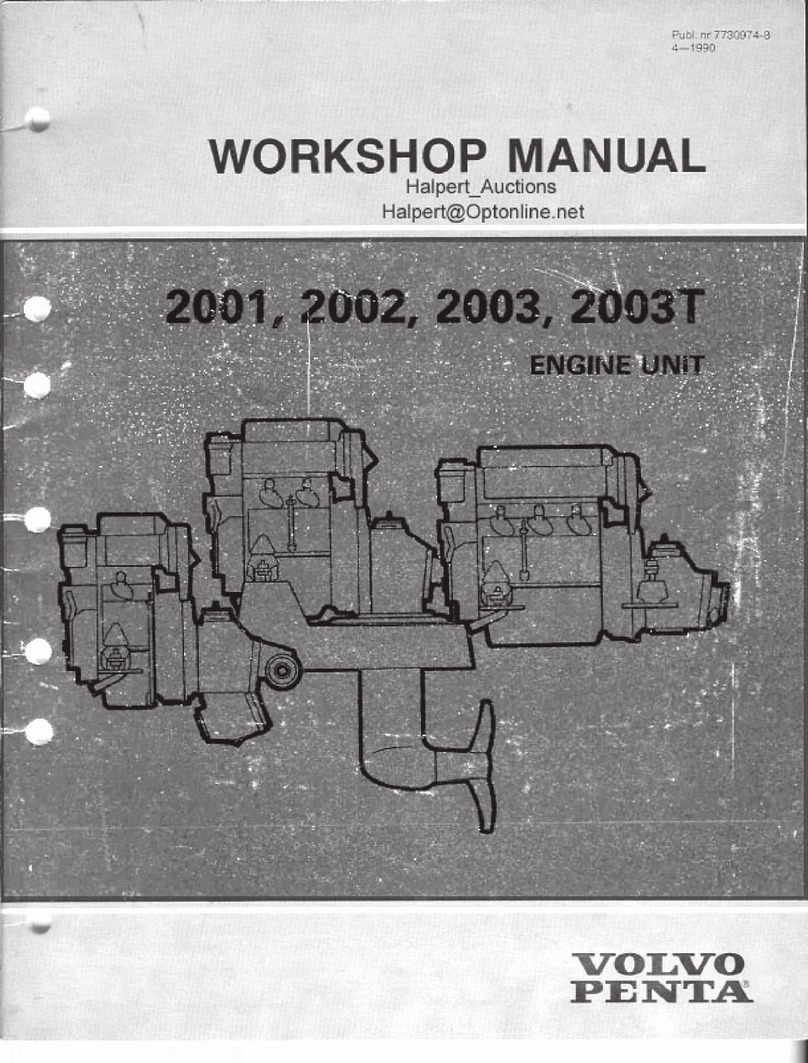
Safety information
4
Safety instructions for operation and maintenance (cont.)
Lifting the engine
When lifting the engine use the lifting eyes that are
mounted on the engine. Always make sure that the
lifting device is in good condition and has sufficient
capacity for the lift (the weight of the engine as well
as all necessary extra equipment). For safe handling
the engine should be lifted with an adjustable lifting
boom. All chains or cables should run parallel to each
other and as possible at right angles to the upper sur-
face of the engine. Note that extra equipment that is
mounted on the engine can change its center of grav-
ity. Special lifting equipment may be necessary to in-
sure correct balance and safe handling. Never perform
work on a motor that is only hanging in a lifting devi-
ce.
Before starting
Replace all protective covers that have been removed
prior to starting the engine. Make sure that no tools or
other objects have been left near the engine.
An engine with a turbocharger may never be started
without the air filter being mounted. The rotating com-
pressor wheel in the turbo can cause severe injuries.
There is also a risk that foreign objects can be sucked
in causing damage to the machine.
Fire and explosion
Fuel and lubricating oil
All fuels, most lubricating substances and many che-
micals are flammable. Always read and follow all ins-
tructions listed on the packaging.
Work on the fuel system must be performed on a cold
engine. Fuel leakage and spillage onto hot surfaces or
electrical components can cause a fire.
Store oil and fuel-soaked rags and other flammable
material in a fire-safe manner. Oil-soaked rags can
spontaneously ignite under certain conditions.
Never smoke while filling with fuel or lubricating oil, in
proximity to the filling station or in the engine compart-
ment.
Non-original parts
Components of the fuel and electrical systems on Vol-
vo Penta engines are designed and manufactured to
minimize the risk of explosion or fire according to app-
licable requirements.
Use of non-original parts can result in explosion or
fire.
Batteries
Batteries contain and develop oxyhydrogen gas, espe-
cially while charging. Oxyhydrogen gas is easily flam-
mable and very explosive.
Smoking, open fire or sparks must never be allowed
near batteries or the battery compartment.
An improper connection of a battery cable or booster
cable can cause a spark that can in turn cause the
battery to explode.
Starting fluid
Never use starting spray or other similar substances
to help start an engine with air pre-heating (glow plugs/
starting coil). This could cause an explosion in the in-
take tract. This poses a risk of injury.
Hot surfaces and fluids
A warm engine always creates a risk for burns. Be ca-
reful of hot surfaces. For example: exhaust pipes, tur-
bo, oil sump, turbo pressure pipe, heating coil, hot
coolant and warm lubricating oil in lines and hoses.
Chemicals
Most chemicals, for example glycol, rust prevention
substances, preserving oils, degreasers, etc. are ha-
zardous to your health. Always read and follow the di-
rections on the packaging.
Certain chemicals, for example preserving oils are
flammable and also hazardous if inhaled. Make sure
that you have good ventilation and use a protective
mask when spraying. Always read and follow the di-
rections on the packaging.
Keep chemicals and other hazardous materials out of
reach of children. Bring leftover or used chemicals to
an environmental station for destruction.
Lubrication system
Warm oil can cause burns. Avoid skin contact with
warm oil. Make sure that the lubrication system is not
pressurized prior to performing service. Never start or
operate the engine without the oil filler cap in place
due to risk of oil being thrown out.


